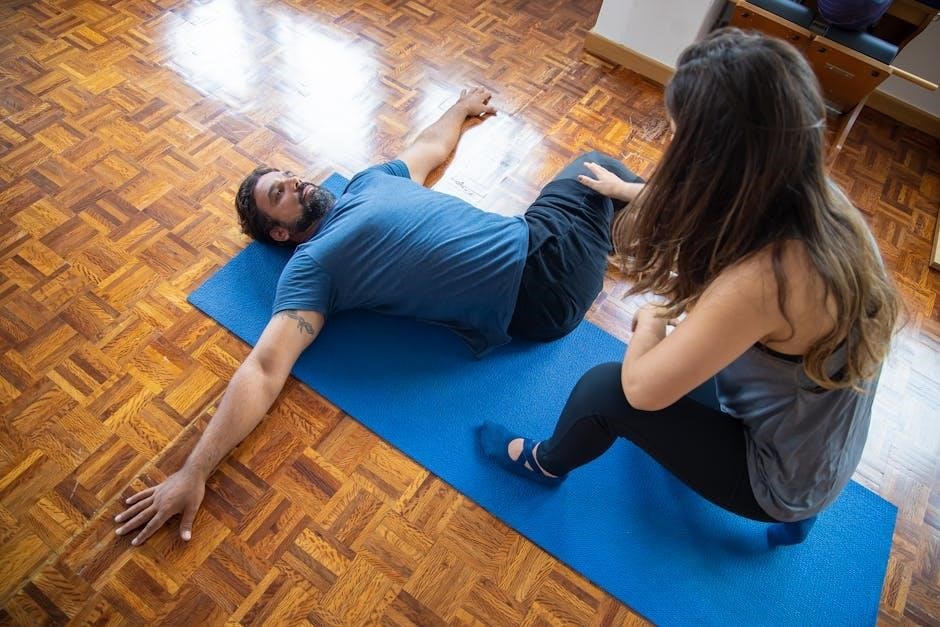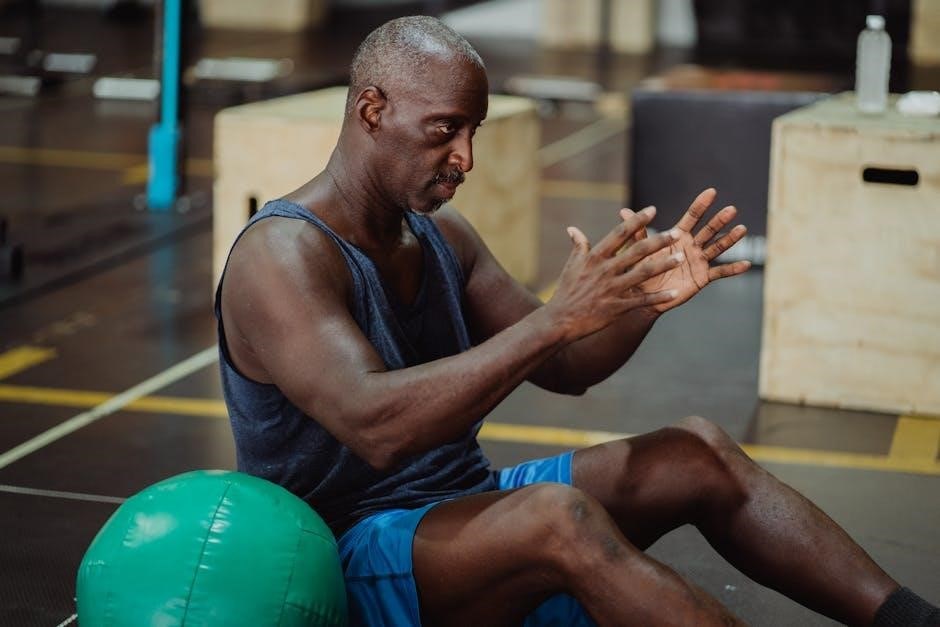Background Information
Research on autism exercise programs has been conducted by various authors, including C Busst and W Griffin, who have written about the benefits of exercise for individuals with autism spectrum disorder.
Their work, as well as that of other researchers, provides a foundation for understanding the importance of physical activity for individuals with autism.
Studies have shown that exercise can have a positive impact on body image, motor skills, posture, and confidence in children and teens with autism.
The Autism Fitness Handbook, written by multiple authors, is a valuable resource for those looking to develop exercise programs for individuals with autism.
It provides guidance on how to create effective programs that cater to the unique needs of individuals with autism.
Overall, the background information on autism exercise programs highlights the need for tailored approaches to physical activity that take into account the specific requirements of individuals with autism.
This information is essential for developing effective exercise programs that can have a positive impact on the lives of individuals with autism.
By understanding the background information on autism exercise programs, professionals and caregivers can create programs that are tailored to the needs of individuals with autism.

Benefits of Exercise for Autism
Exercise benefits individuals with autism by improving motor skills, posture, and confidence, with physical activity offering various benefits, including reduced symptoms and improved overall well-being always naturally.
Physical Activity and Autism
Physical activity is essential for individuals with autism, as it offers various benefits, including improved motor skills, posture, and confidence. Research by D Geslak and SS Ataíde has shown that moderate aerobic activity can reduce symptoms and improve overall well-being. The Autism Fitness Top 8 exercises are corrective in nature and can be particularly beneficial when introduced to individuals with autism. Physical activity can also help regulate the nervous system, making it an excellent way for children of all ages and autistic abilities to keep fit and have fun. Whole body exercise is a great way to achieve this, and individualized fitness programs can help transition strength and motor deficits, increasing abilities beyond the gym or PE session, with the ultimate goal of improving overall health and quality of life for individuals with autism spectrum disorder.

Autism Exercise Specialist Course
The autism exercise specialist course empowers interprofessional teams with essential information on autism exercise programs and strategies always helping individuals with autism spectrum disorder effectively.
Empowering Interprofessional Teams
The aim of empowering interprofessional teams is to provide essential information on autism exercise programs, enabling them to support individuals with autism spectrum disorder effectively.
This involves understanding the benefits of exercise for autism and how to implement effective programs.
By working together, interprofessional teams can develop and implement individualized exercise programs that cater to the unique needs of each individual.
The autism exercise specialist course plays a crucial role in empowering these teams, providing them with the knowledge and skills necessary to create a supportive environment for individuals with autism.
With the right training and support, interprofessional teams can make a significant difference in the lives of individuals with autism, helping them to lead healthier and more fulfilling lives.
The course covers various topics, including the importance of physical activity, exercise interventions, and strategies for promoting a healthy lifestyle.
By empowering interprofessional teams, we can ensure that individuals with autism receive the support they need to thrive.

Effective Exercise Programs for Autism
Research by SS Ataíde identifies beneficial exercise types for autism, including whole body exercises, promoting physical activity and healthy lifestyles for individuals with autism spectrum disorder always.
Identifying Beneficial Exercise Types
Identifying beneficial exercise types for individuals with autism spectrum disorder is crucial for developing effective exercise programs. Research by SS Ataíde aims to identify the most beneficial type of exercise program and present guidelines for its prescription. The study focuses on whole body exercises, which are great for children of all ages and autistic abilities to keep fit, have fun, and regulate their nervous systems; Physical activity offers various benefits, including improving body image, motor skills, posture, and confidence. The Autism Fitness Top 8 exercises are corrective in nature, especially when introduced to individuals with autism. These exercises can help transition strength and motor deficits and increase abilities beyond the gym or physical education session. By understanding the benefits of different exercise types, individuals with autism can engage in physical activities that cater to their needs and abilities, promoting a healthy and active lifestyle.

Strength and Conditioning for Autism
Strength and conditioning programs can help individuals with autism improve physical abilities and overall health always through proper exercise and training methods and techniques available online.
Benefits and Considerations
When considering strength and conditioning programs for autism, it is essential to weigh the benefits and considerations. Research has shown that these programs can improve physical abilities, overall health, and even cognitive function. However, it is crucial to consider the individual’s needs, abilities, and limitations. A well-structured program can help individuals with autism develop greater confidence, social skills, and emotional regulation. Additionally, strength and conditioning programs can be tailored to address specific challenges, such as sensory integration or motor skill development. By understanding the benefits and considerations, professionals can create effective and safe exercise programs for individuals with autism, ultimately enhancing their overall quality of life and well-being, with many resources available online to support this effort and provide guidance. Effective programs can be developed with careful planning and consideration of individual needs and goals.
